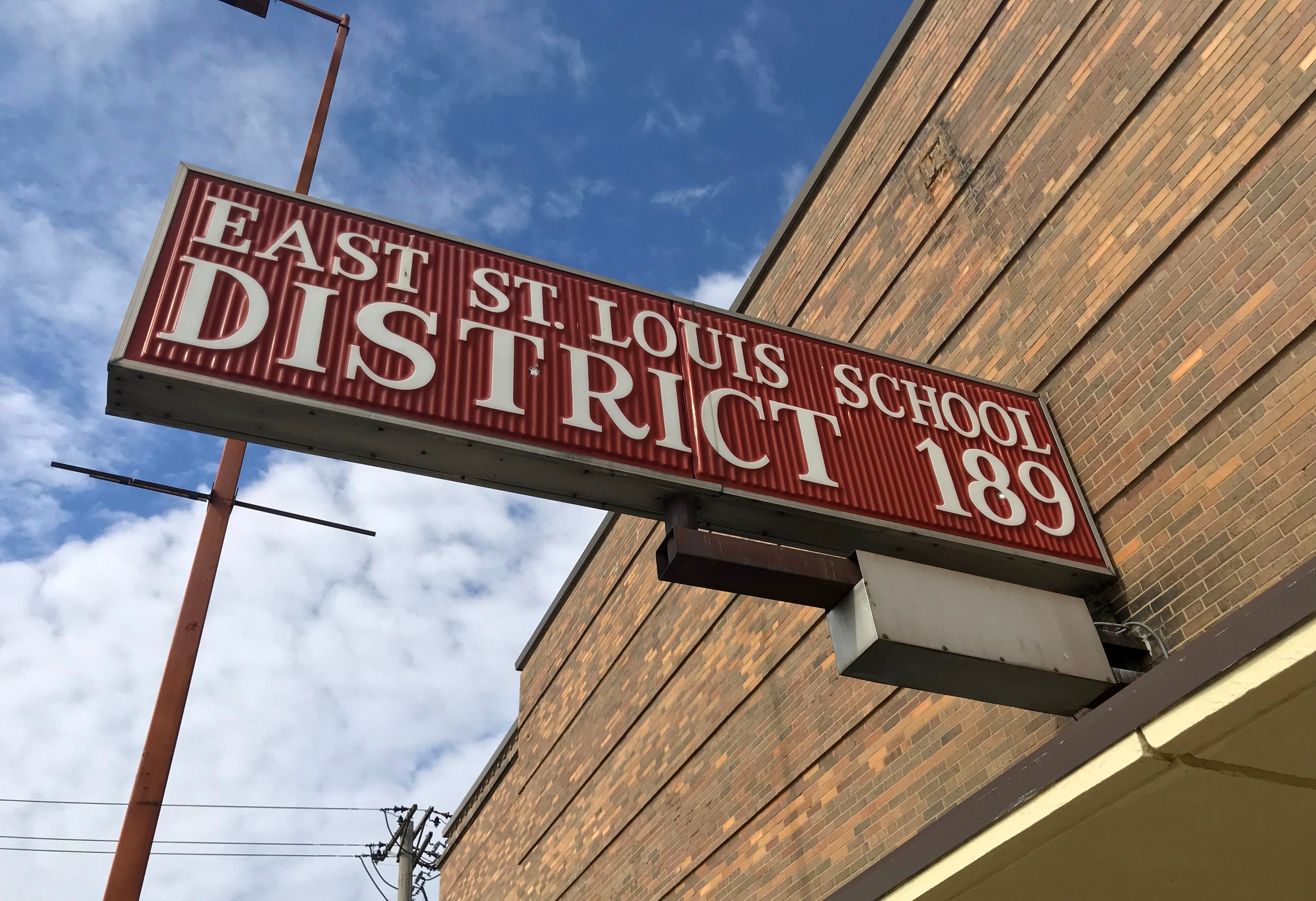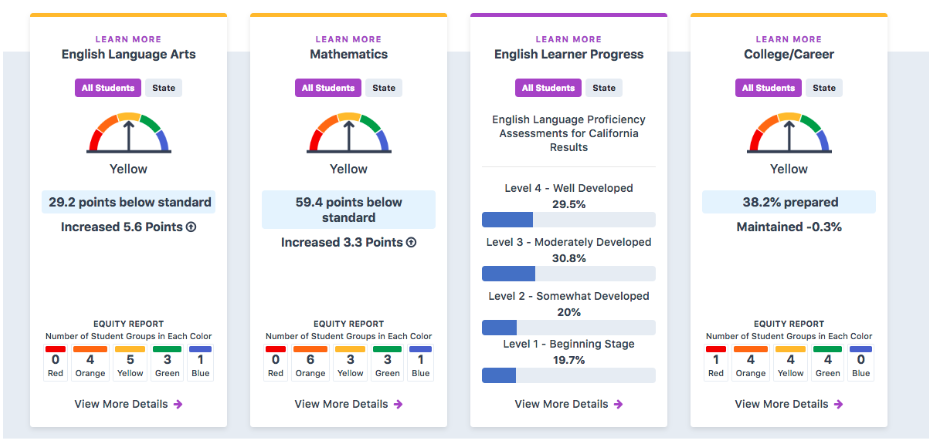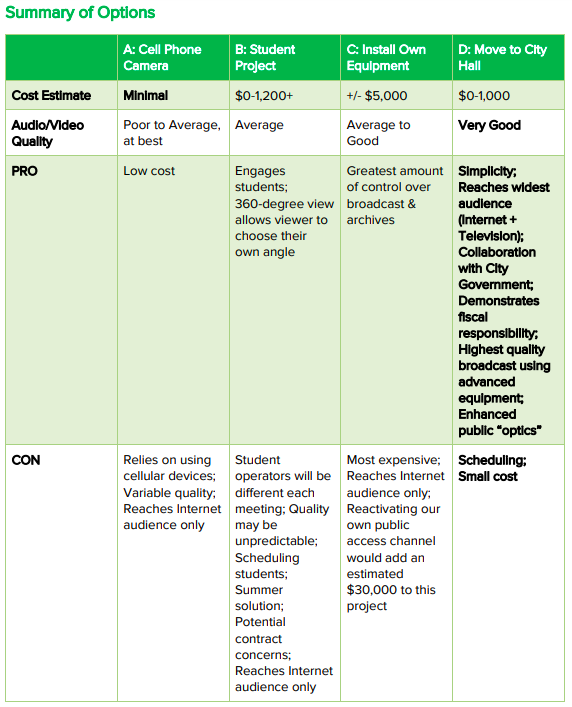Rise 189 Policy Solution Case Studies
The Rise 189 coalition researched policies and outcomes nationwide when developing their own policy solutions for East St. Louis School District 189. We’ve profiled three case studies—one for each of the Rise 189 policy solutions.

Rise 189 Policy Solution: Implement community-wide strategic planning every three years.
Case Study: Brooklyn Center Schools
Brooklyn Center Schools in Minneapolis, MN realized in the early 2000s that their district wasn’t adequately serving the needs of its students. As the achievement gap grew and attendance rates dropped, the superintendent and key community partners began to dedicate themselves to collaboration efforts within their community to improve the school district. Brooklyn Center School District implemented a Full Service Community Schools model, the first of its kind in Minnesota, that required stakeholders be included in an intensive and democratic planning, input, and evaluation process. The district continually works with over 100 partners and the community to make sure the students and their families are cared for socially, mentally, physically in order to allow students to succeed academically.*
Just 5 years after becoming a Full Service Community School District, Brooklyn Center increased enrollment, attendance rates, graduation rates, and instituted a plethora of wrap around service such as health resources, recreation programs, and after school involvements. The district also saw the number of district-wide behavioral references get cut in half and they decreased the amount of transfers out of their district.*
According to Minnesota state law, a Full Service Community School District must have (1) a strategic improvement plan that is overseen by a school leadership team comprised of parents, teachers, and community partners; (2) the strategic plan is created in response to students’, parents’, and teachers’ needs that are identified through a comprehensive needs assessment and community mapping processes; (3) a site coordinator at each school to coordinate the needs assessment, site plan, partnerships, and evaluations.*

Rise 189 Policy Solution: Report progress of strategic plan to the community annually.
Case Study: CA State Dashboard
In 2017, the California School Dashboard was created in order to provide parents, students, and educators with meaningful school and district information in the hopes it would allow community members to more fully participate in decisions that will improve the success of school children within a district. The Dashboard is meant to go beyond simply providing information on test scores and benchmarks to include a more robust picture of how districts are meeting the needs of all their students. The Dashboard also works as an accountability tool ensuring district are making progress towards community-defined goals.*
The Dashboard used comparable statewide data to show how districts and schools perform by assigning them with one of five colors on a sliding performance-level scale. Some of the measures included in the Dashboard from the state are chronic absenteeism, graduation rate, suspension rate, and academic. The Dashboard also includes local measures such as clean and safe buildings, school climate, parent engagement, and access to a broad course of study.*


Rise 189 Policy Solution: Record and televise all school board meetings.
Case Study: Broadcasting
Districts across the country, broadcast their school board meetings in order to increase the accessibility and transparency of the decision-making process. St. Louis Public School District partakes in this practice as well as the Minneapolis Public School, whose website contains archives of the video and audio from meetings for the past decade.* In June 2017, members of District 205, located in Galesburg, IL, expressed interest in getting the school board meetings broadcasted. According to research done by the district, broadcasting school board meetings increases accountability and trust, increased community participation within their local government, and allows for community members to become more informed by the increased accessibility of decision-making conversations. District 205 also provided a summary of options for filming with varying cost and benefits.*

Screenshot from Minneapolis’ online meeting video archive. *

Screenshot from Galesburg Board of Education’s Preliminary Report on their Board Meeting Broadcast Project *
